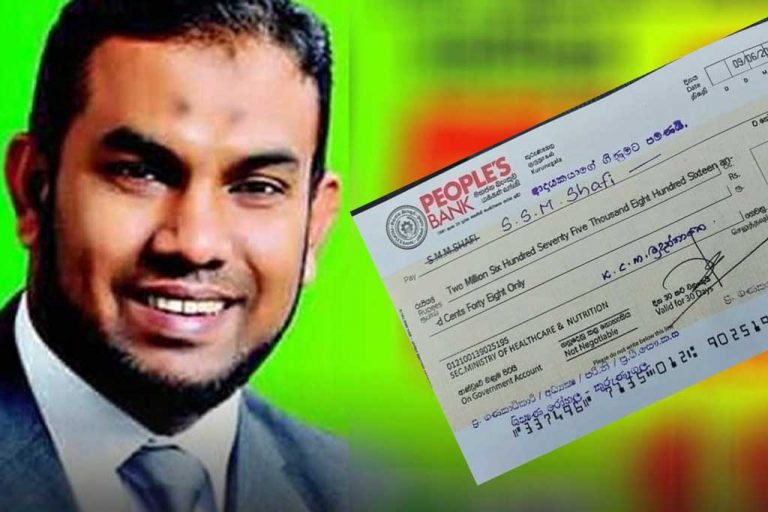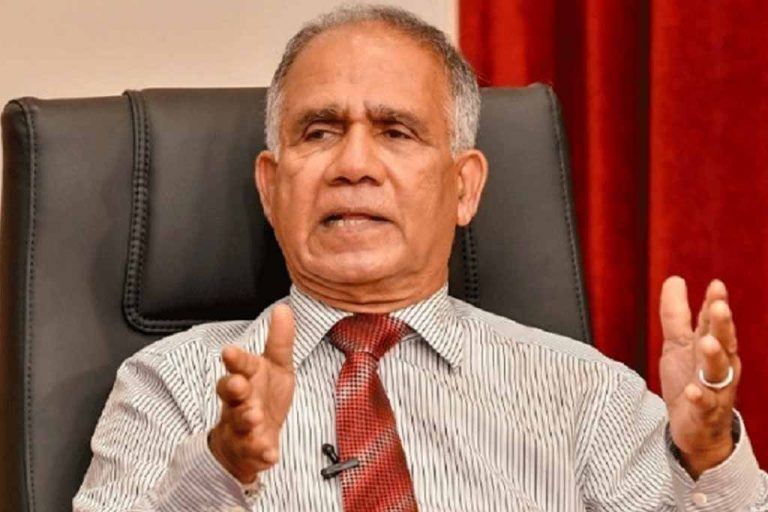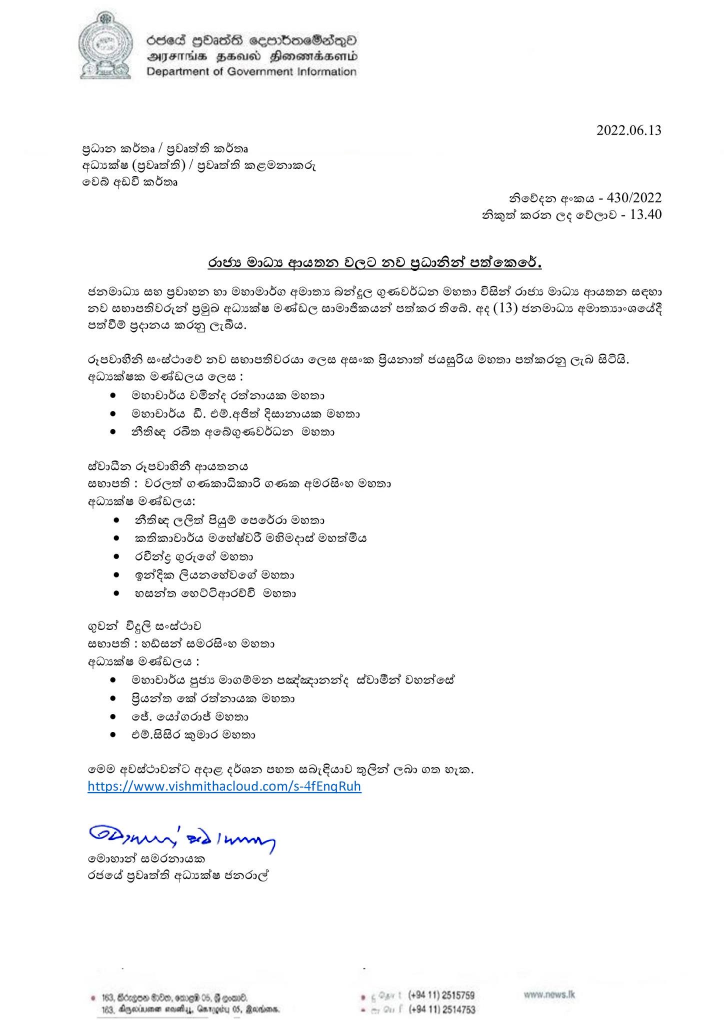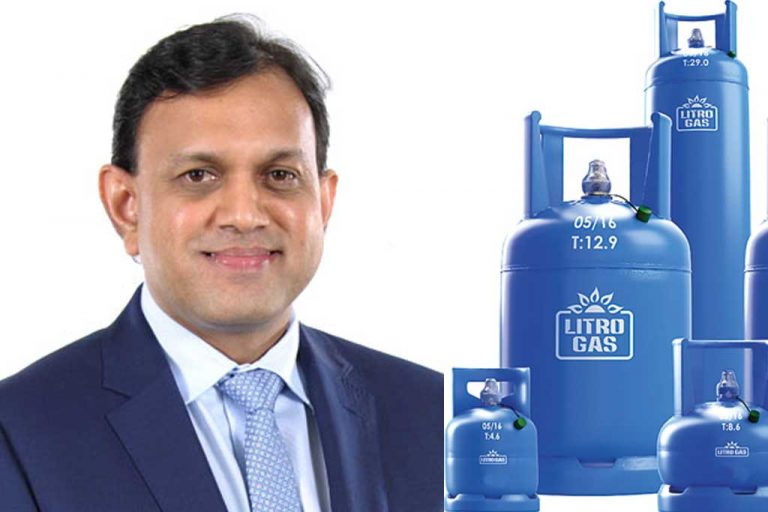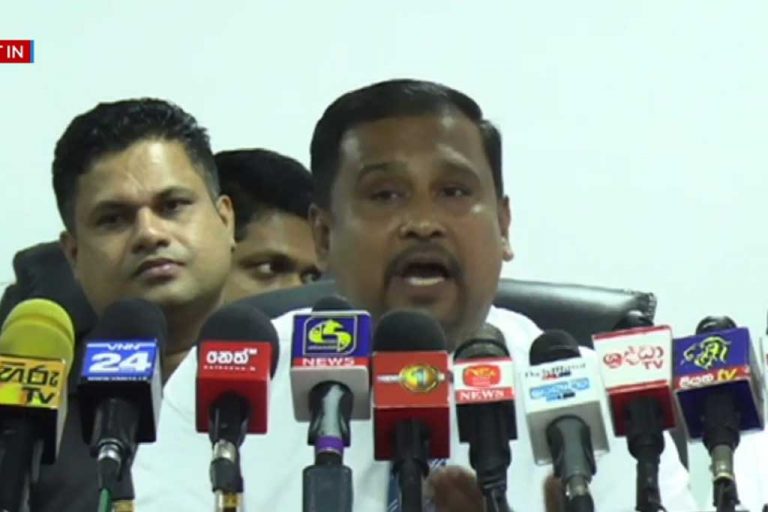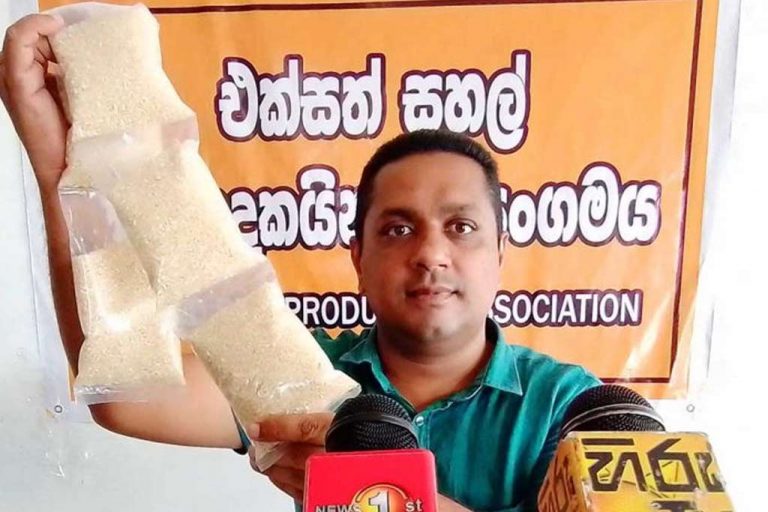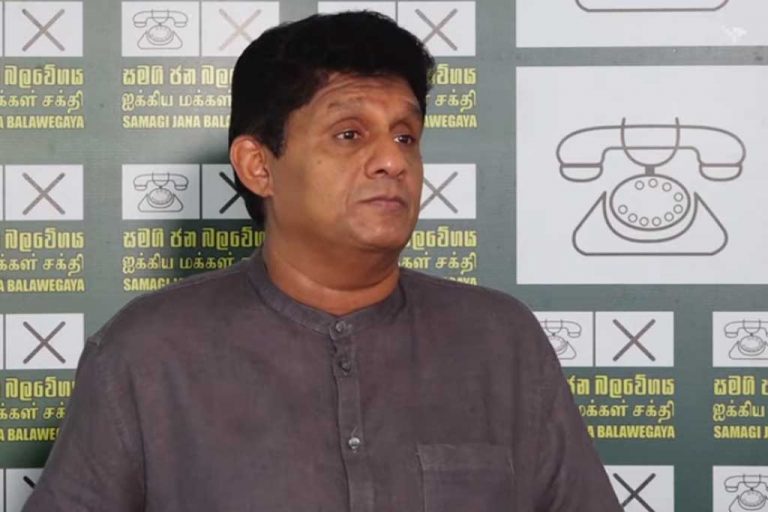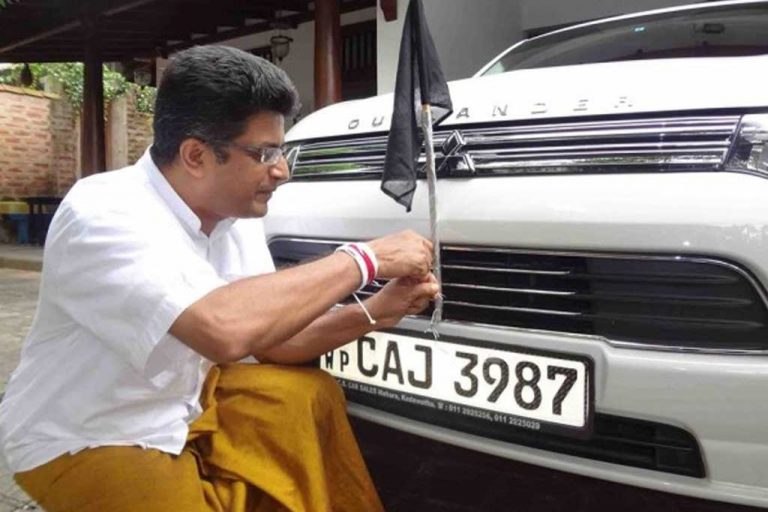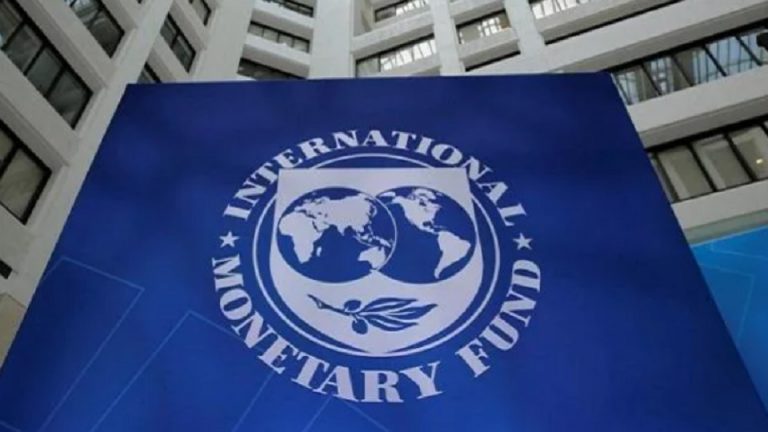The shortage of dollars in the country did not act as the sole contributory factor to the drop of supply in the LITRO Gas Company, for the inefficient and shallow administration carried out by its chairmen for the past two years also contributed to the crisis, disclosed Piyal Colombahettige, the Programmes and Advertising Manager of LITRO, speaking to a briefing yesterday (12).
“What happened to LITRO? Let me explain. LITRO is a company that had Rs. 20 billion of savings in 2019. Not only that, it is a company that raised Rs. 50 billion of welfare for the Treasury as a state-run body. Today, we are in a Rs. 10 billion debt, notwithstanding the repaying of money for that ship. Not only that, as the company’s financial situation has dropped to zero, we have been given a bank guarantee of Rs. 06 billion. A company that had been earning a huge profit became an indebted company before the world. As of now, about 04 million customers are in dire straits,” Colombahettige said.
He added: “Sri Lanka has a dollar problem. But what affected LITRO was not this dollar problem alone. There has been the impact of the dollar problem to some extent, but the main reason was the short-sighted administration for the last two years. We are a small LPG vending company in the oceanic region. We are supplied by a company that supplies more than 2 million metric tonnes of gas per month. Are we even near of influencing a company of that capacity? All we did was annoy the best gas supplier in the region. This happened behind these shifting chairmen passing the ball. It is in this foolish decision has the gas supply cut off today.”
The LITRO Advertising Manager went on: “Three chairmen were replaced this year. What did these three do? One calling the other mafia, passing the ball, no chairman was there to import gas, but they went on urging the public to use wood. Mr. Anil Koswatte came in for a short period of time and he did not manage it properly, so he left. Then came Theshara Jayasinghe. Just in, he stroke the former chairman accusing him of being involved in a mafia. Theshara was the chairman who failed to deliver a single gas ship in the history of the company. He put on some media showoffs. After he left, Vijitha Herath came in. He too followed the same old method, annoyed the best gas supplier in the region, failed to manage the finances and left in the end. So, we have to say today, that may a strong leader come to this company; an experienced one!”
MIAP


